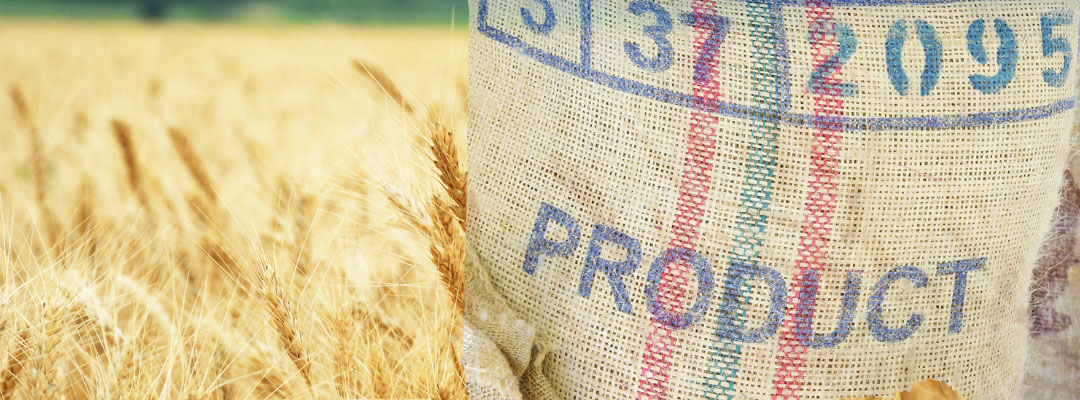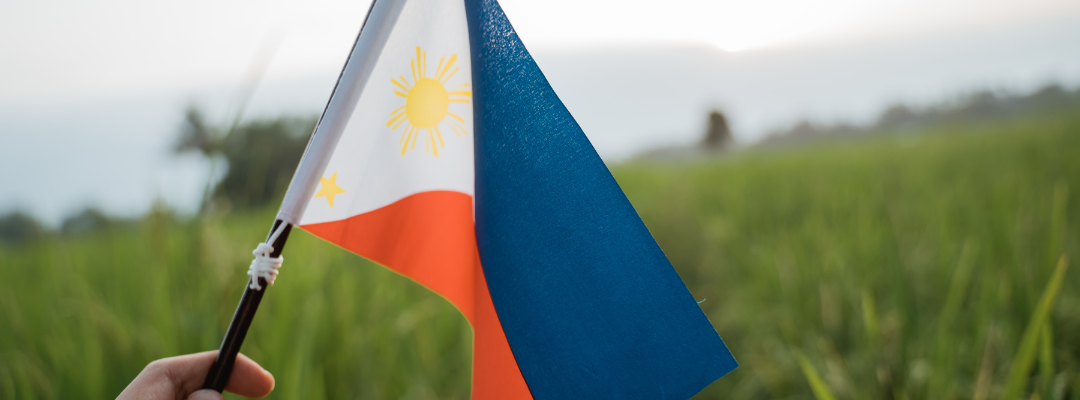The United States has 14 free trade agreements (FTAs) across 20 countries, the majority of which are in lower- or middle-income countries. Overall, FTAs increase trade, lower prices for consumers, and provide export opportunities for producers. As such, FTAs are usually described as beneficial to both the U.S. and partner countries. However, gains from FTAs are not always shared equally. As noted in the report, developing countries might hesitate to join an FTA with a developed country if they believe that their industries are less competitive. That is, an FTA can expose firms in the developing country to more efficient producers in developed countries, resulting in decreased sales and firm closures in the developing country. The ERS report examines whether developing countries with FTAs with the United States benefited in terms of increased trade (exports) and macroeconomic indicators before and after agreement implementation. In this article, we focus solely on their results for total agricultural exports from developing countries.
Figure 1 shows the agricultural export growth rate by U.S. FTA partner, 5 years prior to and after the agreement entered into force. Note that the figure also includes developed countries (e.g., Australia, Canada) for comparison purposes. The figure shows that Mexico’s total agricultural exports were shrinking by an average of 1.5% percent in the years prior to the North American Free Trade Agreement (NAFTA) but grew by an average of 13.6% in the years following the agreement. As the figure shows, many developing countries experienced relatively faster growth in total agricultural exports in the post-FTA period (Colombia, Costa Rica, Dominican Republic, El Salvador, Guatemala, Honduras, Jordan, Mexico, Oman, Panama, Peru, and Singapore). However, several countries experienced slowing agricultural export growth (Morocco and Nicaragua), which could also indicate that resources in these countries were diverted to be used more efficiently in other sectors of the economy. Overall, the share of U.S. imports from developing FTA partner countries rose from 21.6 percent in 1989 to 31.4 percent in 2020.
Figure 1. Total agricultural export growth by U.S. free trade agreement (FTA) partner, 5 years pre- and post-agreement.

Source: USDA, Economic Research Service calculation using data from Trade Data Monitor®.
For more information:
Ajewole, Kayode, Jayson Beckman, Adam Gerval, William Johnson, Stephen Morgan, and Ethan Sabala. September 2022. Do Free Trade Agreements Benefit Developing Countries? An Examination of U.S. Agreements. Report Number EIB-240. U.S. Department of Agriculture, Economic Research Service. https://www.ers.usda.gov/publications/pub-details?pubid=104854
Muhammad, Andrew. “ERS Report Shows that U.S. Free Trade Agreements (FTAs) Benefit Developing Countries“. Southern Ag Today 2(41.4). October 6, 2022. Permalink








